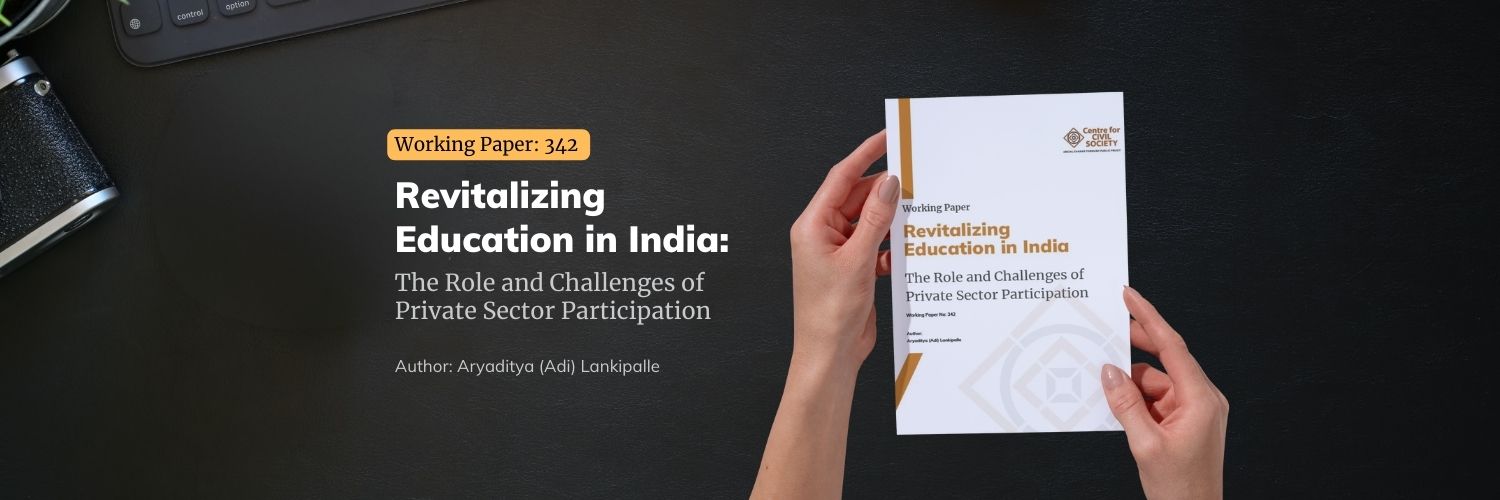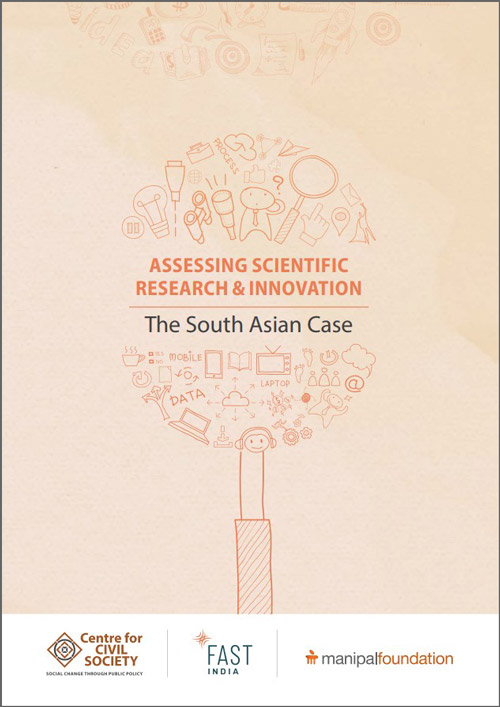As one of the world’s fastest-growing economies, India is often considered the country that leads scientific research and innovation (‘R&I’) in the South Asia region. However, it still faces significant challenges in areas like investment in scientific research, systems for allocating research funding, and quantity and quality of research output. Despite varying levels of economic development, the other countries in the region (Afghanistan, Bangladesh, Bhutan, Maldives, Nepal, Pakistan, and Sri Lanka) fare worse on most of these parameters. UNESCO’s Science Report (2021) highlights the lack of industrial expenditure on scientific research and development (‘R&D’) in these seven countries. Nepal and Bangladesh have the highest research expenditure in the South Asian region (excluding India (0.7%)), at a staggeringly low 0.30% of their GDPs (ibid.). Comprising low to middle-income countries, South Asia represents a vast landscape of opportunity to utilise scientific research for economic and social progress.

Revitalizing Education in India: The Role and Challenges of Private Sector Participation
Working Paper no. 342


